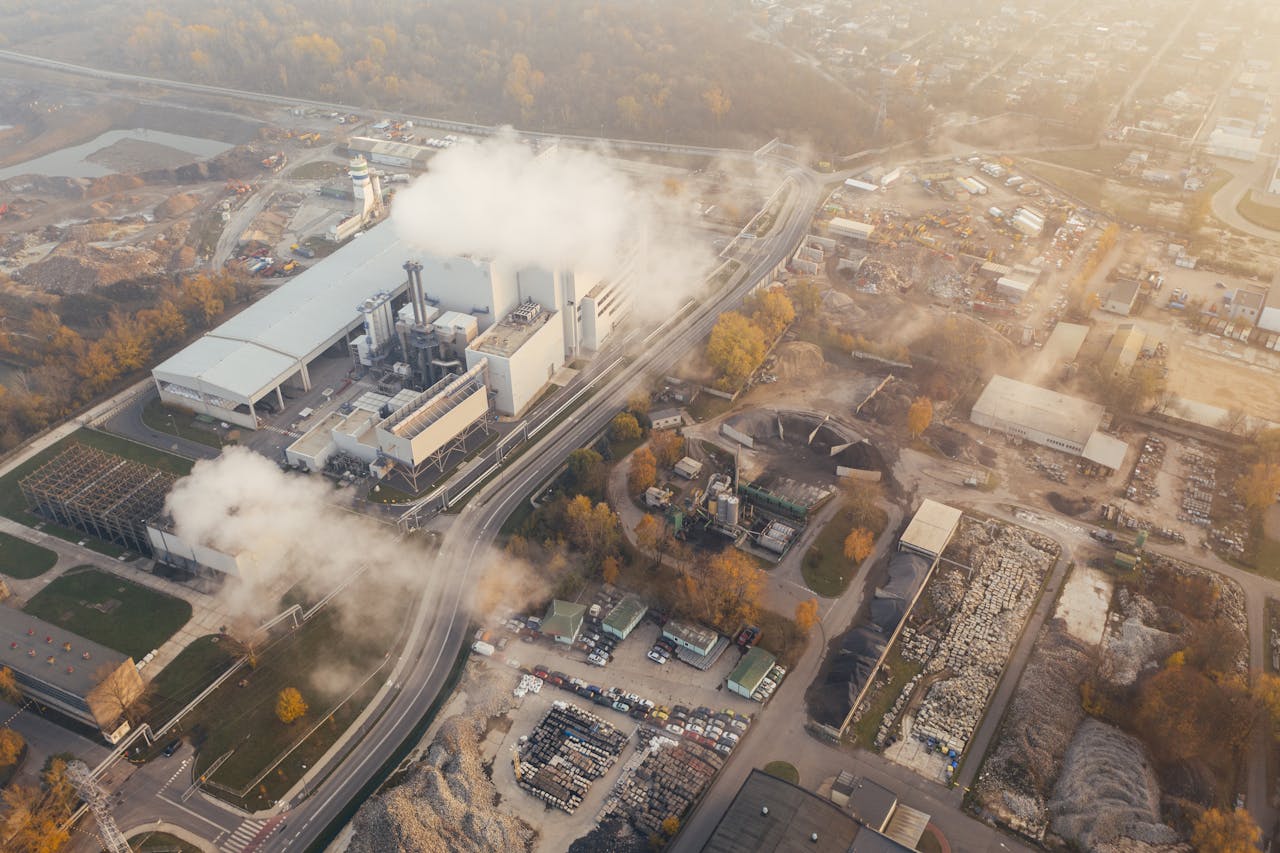When your systems are moving high volumes of air under high temperatures, pressure, or corrosive conditions, the weakest point can cost you everything. That’s where Zepco’s custom ductwork expansion joint solutions come in—not as a patch, but as a purpose-built, engineered evolution in industrial airflow management.
Zepco doesn’t do off-the-shelf. They don’t believe in one-size-fits-all. And in the world of positive pressure ducting systems, where even the smallest misalignment or thermal variance can become a major operational liability, that’s good business and is necessary. Their work lives at the intersection of airflow science, industrial materials engineering, and real-world performance.
Built for Brutal Conditions—Because That’s the Job
Let’s talk about harsh environments. We’re talking power generation facilities pushing heat levels that warp standard components. Chemical plants juggling toxic loads and corrosive elements. Manufacturing lines that never sleep, pulsing with kinetic energy and vibration. These aren’t textbook scenarios; they’re real-world pressure cookers.
In all of these systems, the ductwork expansion joint is a mechanical detail—it’s the pivot point of operational resilience. When not engineered correctly, this single point can lead to vibration fatigue, misalignment, cracking, and eventually, shutdown. But when designed right—as Zepco does—it becomes the quiet hero behind system longevity.
Why Customization Matters More Than Ever
Every facility has a different rhythm—its own thermal dynamics, pressure swings, and airflow requirements. That’s why Zepco starts every project with consultation. They take specs; they study system behavior. Their engineering team designs each ductwork expansion joint to account for movement, media, temperature, and corrosion factors. Its precision on another level.
Rather than force-fit a pre-made product, Zepco fabricates for fit, performance, and longevity. The result? Expansion joints that accommodate vibration, absorb shock, manage thermal expansion, and adapt to misalignments—while maintaining system integrity under relentless stress.
From Consultation to Installation: Zepco’s End-to-End Expertise
What really sets Zepco apart is their design chops and the holistic way they approach industrial airflow optimization. From that first walkthrough to final delivery, they’re hands-on. They dive deep into duct path geometry, anchor point placement, pressure ratings, and even thermal cycling models.
And their fabrication? It’s welding and cutting and applied metallurgy, tailored elastomer selection, and rigorous quality control. Whether you’re dealing with steel ducting under intense load or flexible duct expansion joints in dynamic systems, Zepco has the muscle and the brains to deliver joints that perform.
Their custom ducting solutions fit seamlessly into positive pressure ducting systems, maintaining critical flow dynamics while reducing unnecessary turbulence and mechanical resistance. That means your system survives and thrives.
Ductwork Expansion Joint: More Than a Component—A Strategic Advantage
Let’s be clear. Investing in a custom ductwork expansion joint isn’t a luxury—it’s a strategic decision. It prevents unplanned downtime, eliminates premature wear, and saves on replacement costs down the line. It also boosts safety, which in industries with volatile gases and extreme temperatures, is priceless.
Zepco’s clients in sectors like power gen and chemical processing know this well. They’ve seen the difference between an OEM quick fix and a Zepco-engineered solution. They’ve witnessed the ROI firsthand—longer system lifespans, higher performance under pressure, and fewer maintenance headaches.
Future-Proofing Industrial Systems, One Joint at a Time
As infrastructure ages and energy systems grow more complex, the need for smart ducting solutions becomes non-negotiable. Zepco is leading that charge. With every custom ductwork expansion joint, they’re solving today’s airflow challenges and designing for tomorrow’s demands.
So if you’re running a facility where the stakes are high, where temperature, pressure, and corrosive agents are just another Tuesday, don’t wait for failure to find you. Get proactive. Talk to Zepco. Let their team show you how next-level engineering and a custom-fit mindset can transform your airflow efficiency, reduce mechanical stress, and extend the life of your system—safely, reliably, and intelligently.
Zepco is a supplier and a strategic partner in industrial system longevity. Their ductwork expansion joint solutions are where science, engineering, and reliability converge. And that’s exactly the kind of innovation the modern industrial world needs.



